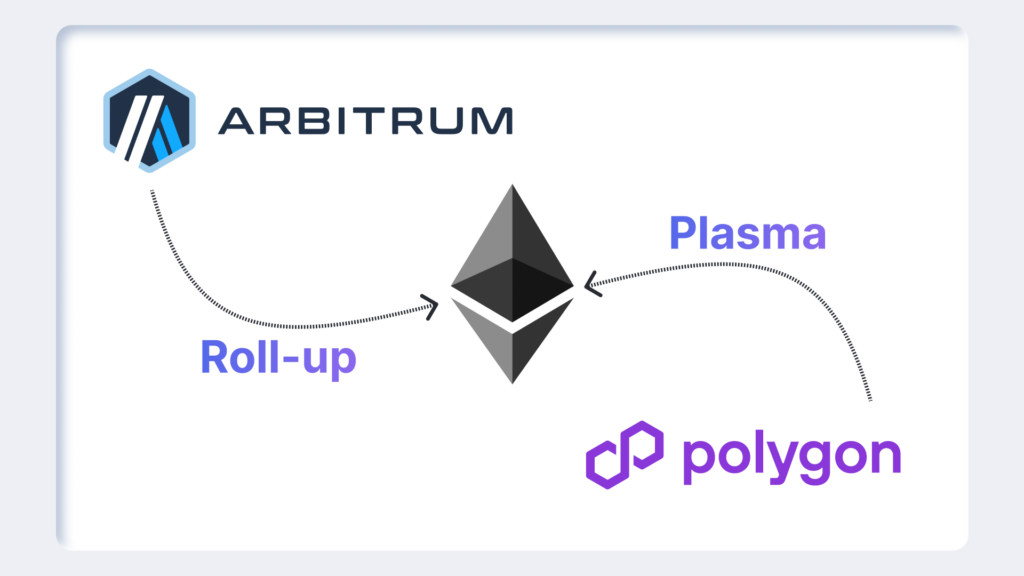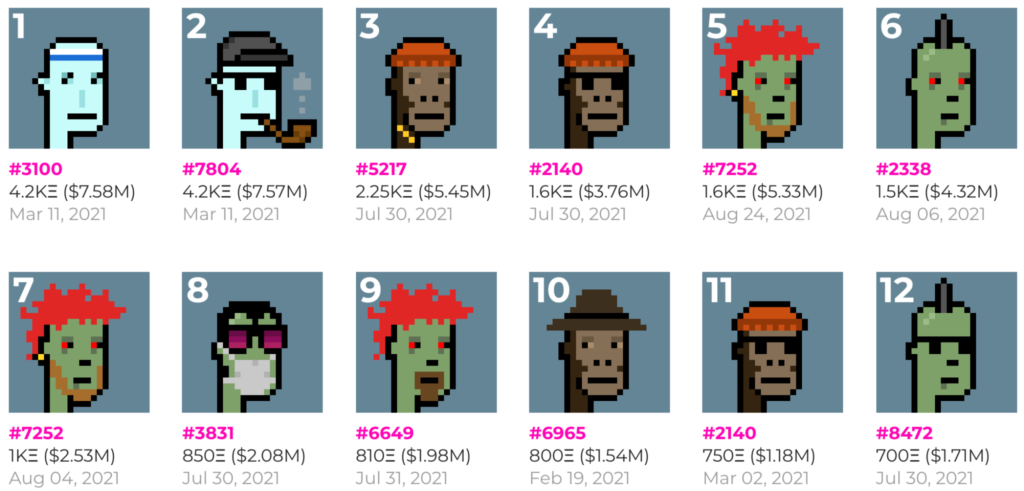Cosmos, the blockchain network billing itself as the “internet of blockchains,” has introduced Eureka, an upgrade to its Inter-Blockchain Communication (IBC) protocol that extends native interoperability to Ethereum. This strategic move transforms IBC from an ecosystem-specific standard into a universal interoperability layer, allowing developers to build and deploy multichain apps across multiple ecosystems — all without fragmenting user bases.
Cosmos IBC Eureka at a Glance
- Native Ethereum Integration: By connecting Ethereum to Cosmos IBC, developers can access a broader audience and expanded liquidity from across the Cosmos-based blockchains and services.
- Expanding Beyond Bridges: Traditional bridges require intermediaries and can fragment users and liquidity. Eureka aims to replace these complexities with a more streamlined, native approach to interoperability.
- Distribution Zone Architecture: Eureka’s design relies on a “distribution zone,” which allows developers to tap into all IBC connections, users, and services without needing additional infrastructure for each new chain.
“With the introduction of Eureka, many Cosmos-based applications and blockchains are now accessible to more users, expanding IBC to the Ethereum network,” said the Cosmos team in a statement. Developers can thus build multichain apps across multiple ecosystems more seamlessly.
How IBC Eureka Works
Eureka introduces a distribution zone that grants access to Cosmos Hub’s collection of connected blockchains, users, and liquidity. This eliminates the need for separate bridging solutions to each chain — a typical source of fragmentation.
Early Use Cases
- Babylon: A Bitcoin staking protocol, Babylon will leverage Eureka to transfer Bitcoin liquid staking tokens from Ethereum to its Cosmos-based chain.
- Elys: A DeFi protocol enabling trading with Wrapped Ether (WETH), Wrapped Bitcoin (WBTC), and USDt from Ethereum.
These projects illustrate how Eureka changes the user experience from bridging tokens manually to enjoying natively interoperable assets and services.
Looking Ahead: dYdX and Beyond
Cosmos has highlighted multiple future integrations that will harness Eureka’s expanded reach:
- dYdX: A major decentralized exchange (DEX) that could incorporate multichain features, letting users trade assets across both Ethereum and Cosmos-based ecosystems.
- Mantra: A real-world asset tokenization platform aiming to bring capital from Ethereum into Cosmos-based real estate, staking, and permissioned DeFi apps.
According to Cosmos, the IBC protocol has facilitated an average of up to $3 billion in monthly transaction volume since its launch, connecting more than 115 blockchains. Previously, integrating non-Cosmos chains required manual or piecemeal bridging solutions, but Eureka hopes to unify these networks under a single, frictionless system.
The Cosmos IBC Eureka upgrade aims to integrate Ethereum’s vast user base with the Cosmos ecosystem, enabling a seamless, interoperable environment for multichain app development. By eliminating the heavy reliance on bridges and facilitating true native interoperability, Cosmos envisions an internet of blockchains that spans not just its own ecosystem, but the broader Web3 space, including major networks like Ethereum and beyond.


